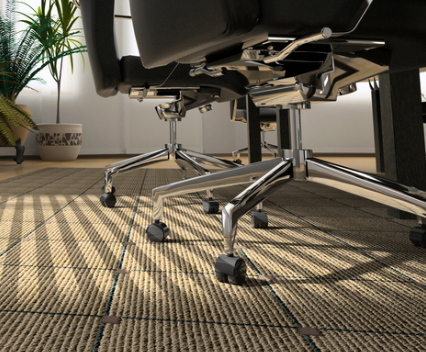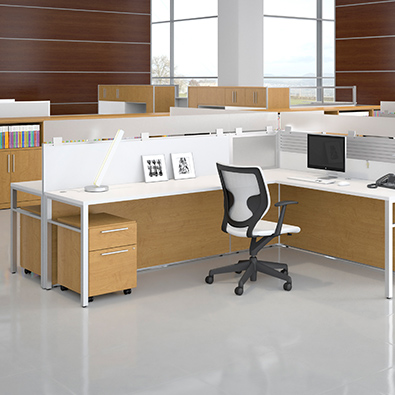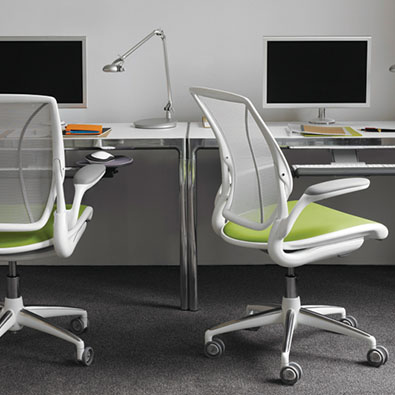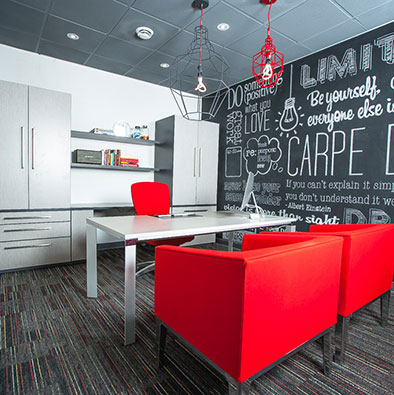 When selecting a chair pad, there are three things to keep in mind.
When selecting a chair pad, there are three things to keep in mind.Are your floors rough or carpeted?
What is the size of your work area?
What is the layout of your office furniture?
What is the thickness of your chair carpet? Do you have carpeted or rough floors?
It's important to choose a chair carpet that is thick enough for your flooring. A chair carpet that is too thin will break in a matter of weeks. Sizing up is a good idea if you're not sure. A thick chair carpet only adds to the ease, security, and support of the chair. A chair carpet made for carpets, on the other hand, should not be used on a hard floor. The backs of carpet chair carpets are cleated to avoid slides that ruin hard floor finishes. Use this guide to figure out which chair carpet you'll need.
How do you determine the thickness of a carpet?
Straighten the end of a paper clip, then push it down through the carpet, through the backing, and to the floor.
At the stage where the paper clip is flush with the carpet, grab it. (Make sure you're not laying your hand on the carpet.) The distance between your fingers and the end of the paper clip should be measured. That's how thick the carpet is.
Notice that chair carpet thicknesses are estimates that differ by brand. The words for flooring, on the other hand, are universal. Use the names and specifications of the products as a reference. The most important thing is to choose a chair carpet that is designated for your floor type by the manufacturer.
Guide to Chair carpets
What is the size of your "roll area?" Do you stay seated at your desk or walk from your desk to your file cabinet? It's important to choose a chair carpet that's the perfect size for your workspace. Choose a carpet that covers the areas of your office that are the furthest forward. Do not purchase a chair carpet that is so big that it must be stored under office furniture. Chair carpets aren't made to accommodate anyone other than you and your office chair. If you place furniture on your chair carpet, it will crack and void your warranty.
You can't seem to find a chair carpet that covers your whole workspace without sagging under your furniture? Choose a smaller chair carpet with beveled edges to make it easier to roll on and off.
Shape of Chair carpet
After you've decided the size of your chair carpet, you can choose a form. Light Bulb, Lip, and Rectangular are the three basic shapes of chair carpets. Rectangular chair carpets are the most adaptable and suit the majority of office desk setups. Corner and l-shaped desks are ideal for light bulb carpets.
Final Thoughts on Chair carpets
When you unroll your chair carpet, the curls at the edges will naturally flatten in about a day. Placing books or other weights around the edges may help speed up the process.
Chair casters: On your chair carpet, just use plastic chair casters. If your office chair has metal wheels, seek advice from a professional on how to measure and replace your casters.









